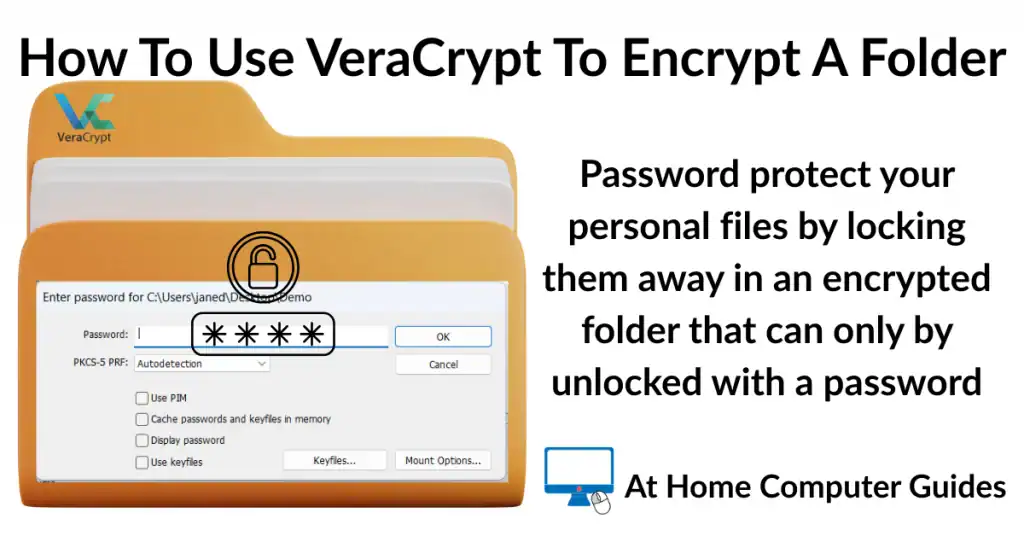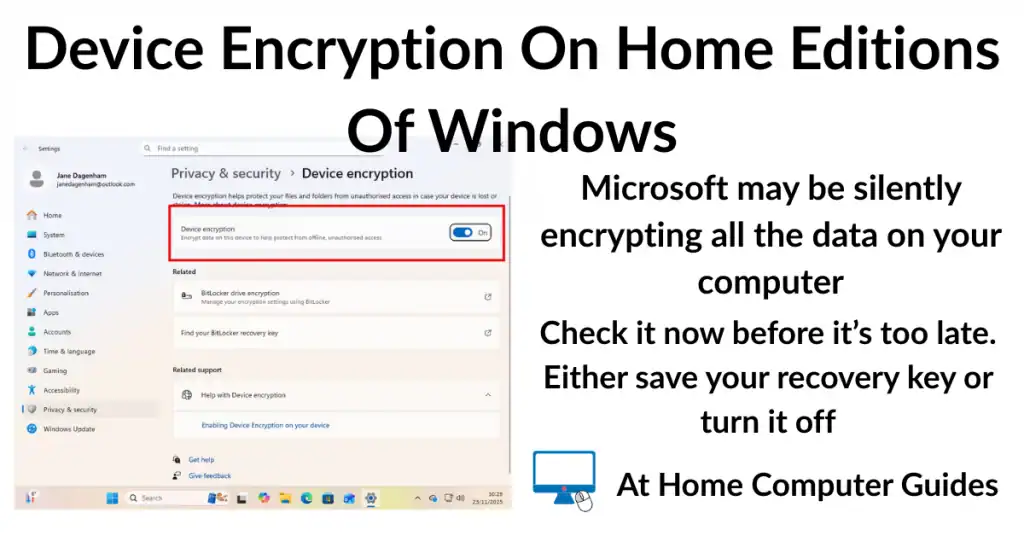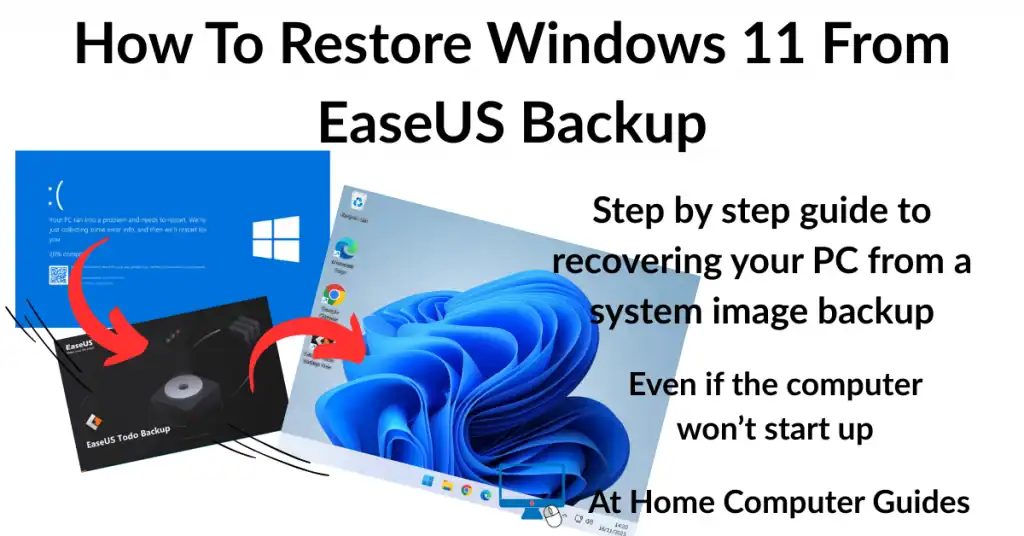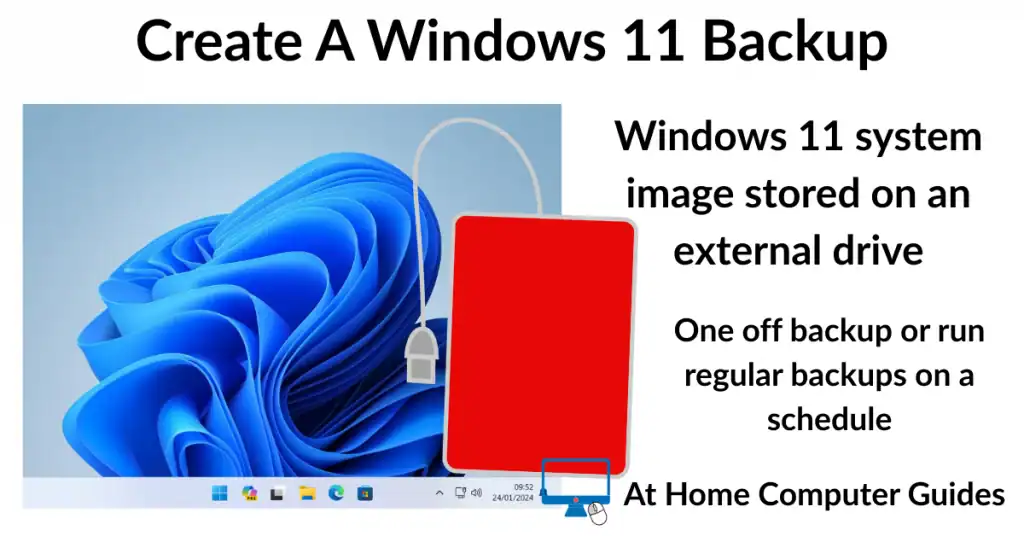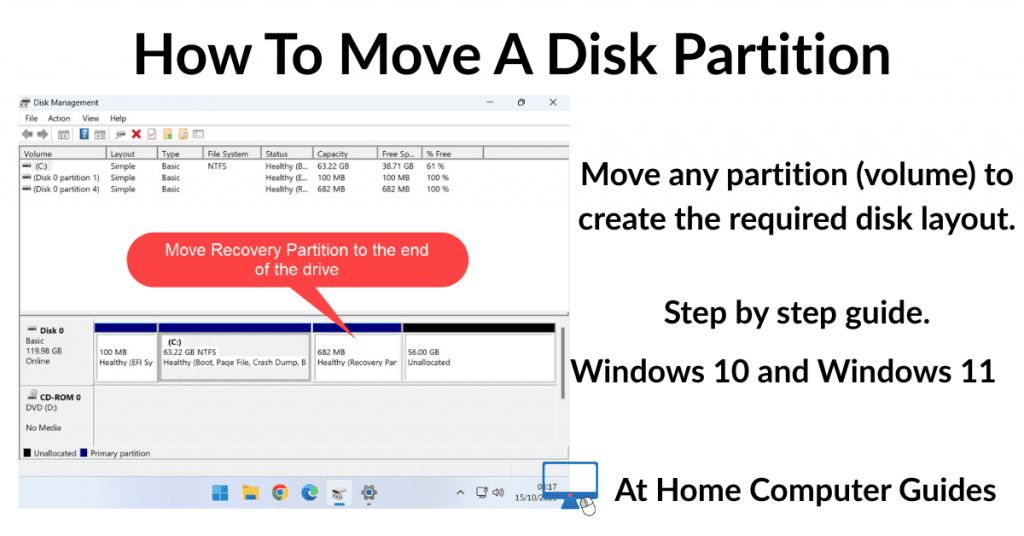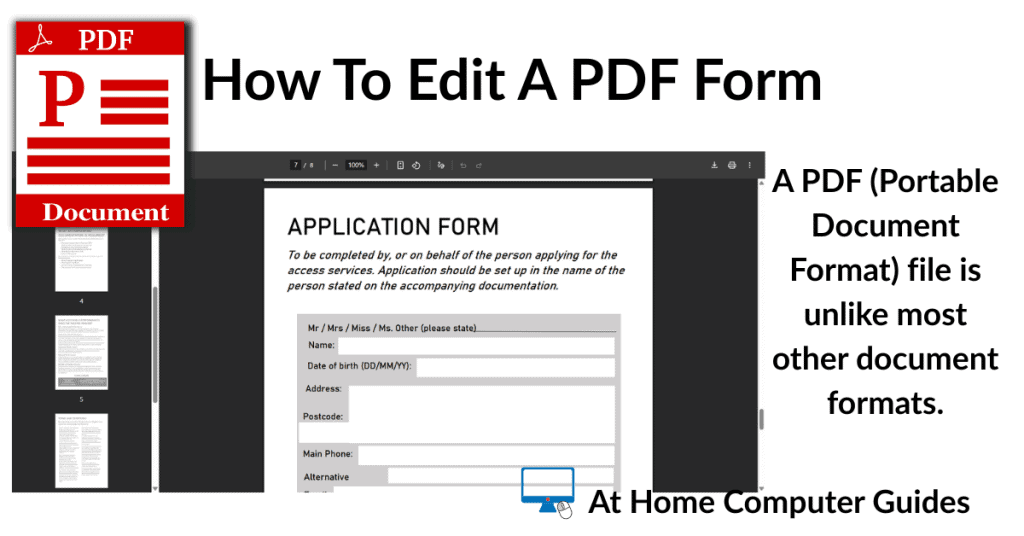Google Chrome Password Manager is a free, built-in tool that helps you save, manage, and protect your passwords across all your devices. It is a core part of the Google ecosystem, and its functionality is integrated into the Chrome browser and Android operating system
Google Password Manager
Google Password Manager is built right into the Chrome web browser and is on by default. That means that whenever you sign into a website, Google Password Manager will offer to either –
- Save your login credentials if this is the first time you’ve signed to that site.
- Create a strong password for you use on new accounts.
- Update logins if you change a password or usernames.
- Automatically enter login details when returning to a website where you already have an account saved.
How To Use Google Password Manager
To make use of the Google Chrome password manager, you’ll need to be signed in to your Google account. If you don’t yet have an account, this guide will help you create one How To Create A Google Account.
Whenever you arrive at a sign in page, Chrome will offer to save your username and password. Assuming you’d like Google to remember your credentials, click the Save button. If not, then click the Never button.
Or if you’ve already got the website login saved to Google password manager, it’ll offer to autofill your username (usually your email address) and password for you.
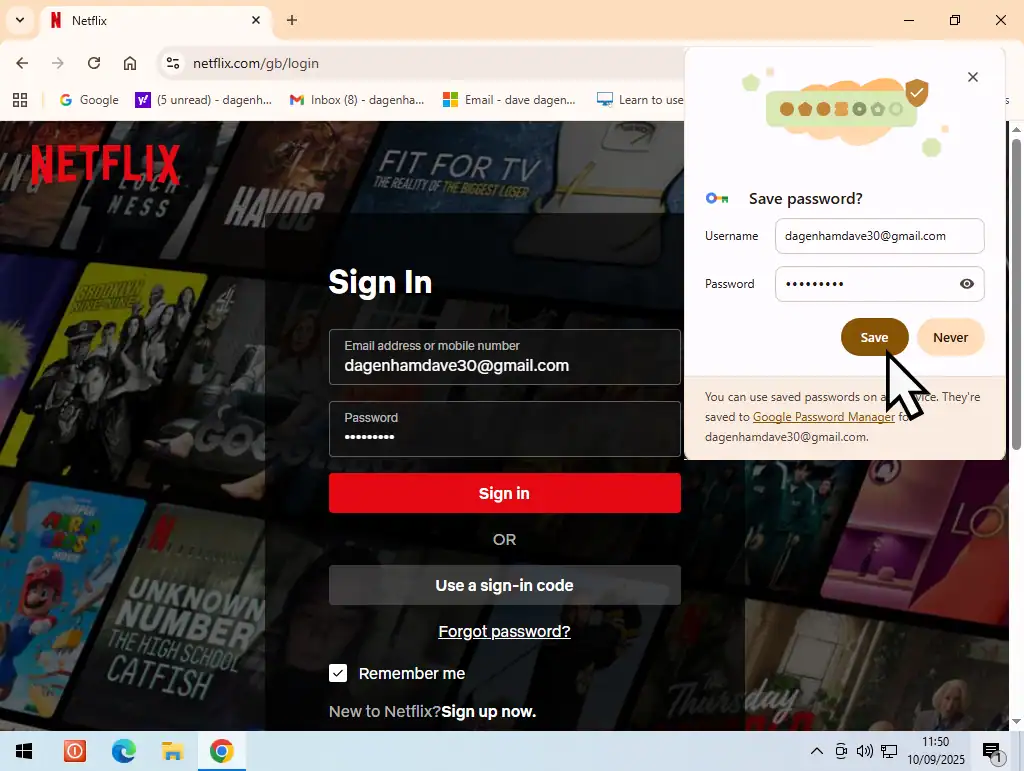
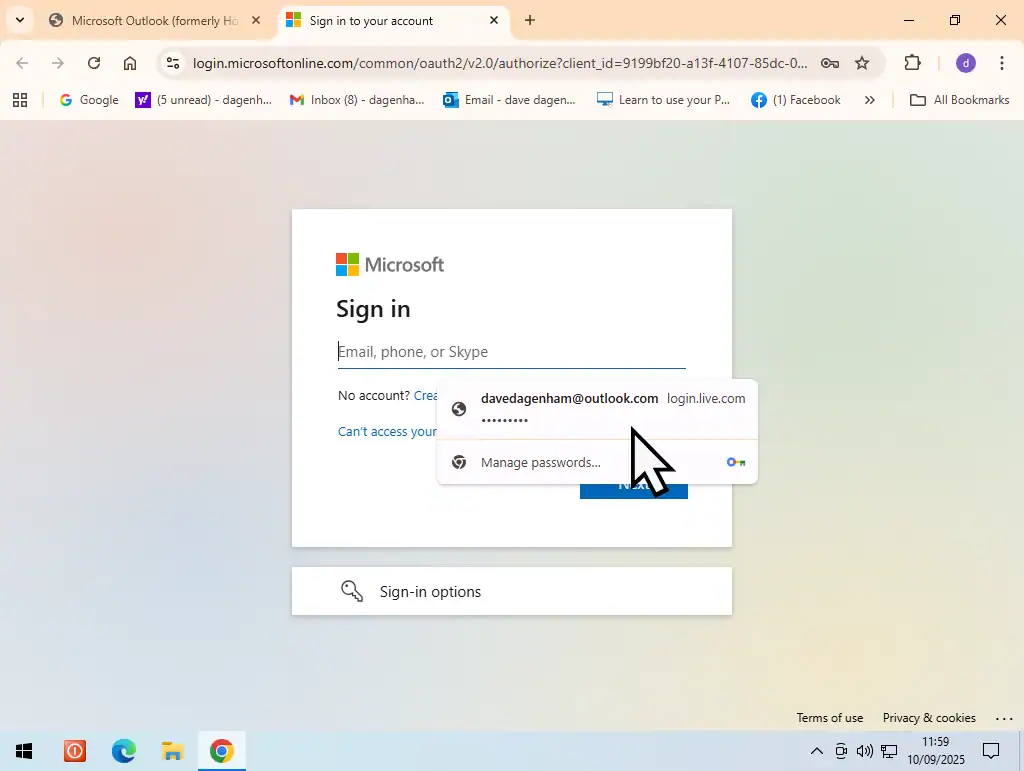
Save Password But No Username
Sometimes Chrome password manager will save your password but not the username that should be associated with it. This will normally happen when you’re creating a new account where there are separate pages for the username and password. I.e., you’ll enter a username on one page, click Next and then enter a password on another page.
That does sometimes throw Password Manager out and you’ll see a popup appear that doesn’t a a username entered.
If that happens, simply type the username that you’re using into the empty box and then click Save.
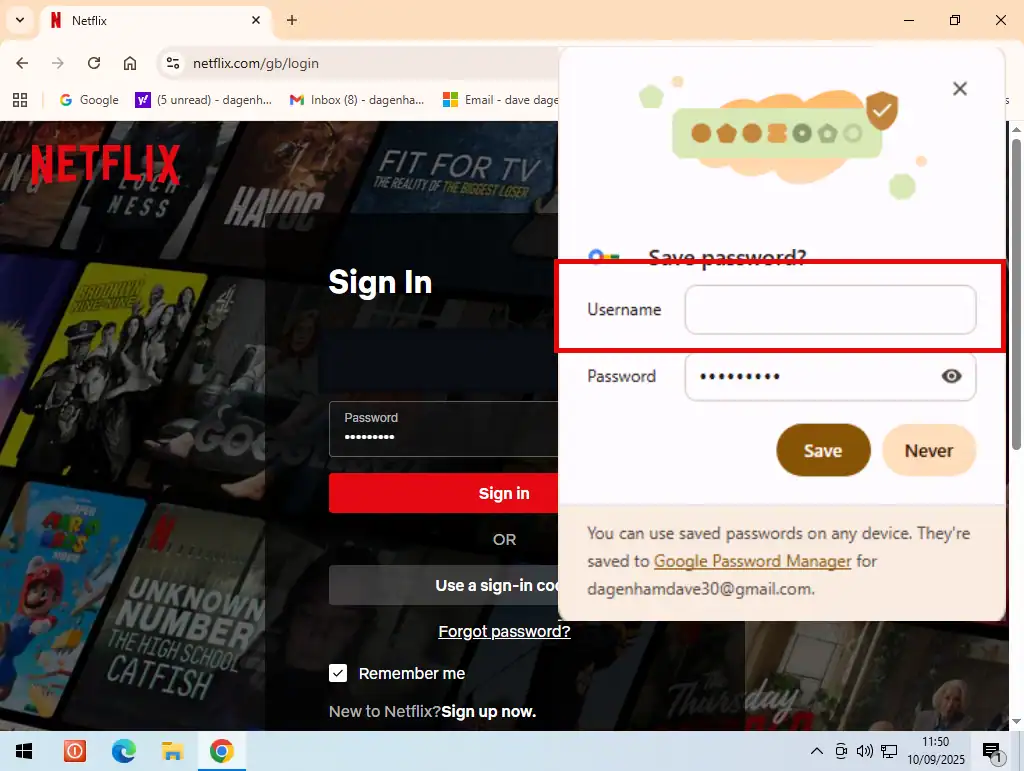
Google Password Manager Suggests Strong Passwords
Password manager can help you to secure your online accounts by automatically generating strong passwords. Strong passwords are a unique, randomized combination of letters, numbers, and symbols that are hard to guess.
When you’re setting up a new account you’ll almost always be asked to add a password. Clicking in the password field will usually cause Password Manager to suggest a strong password for you to use.
To accept it, click the Use Strong Password button. You’re username and password will automatically be save into Google Password Manager.
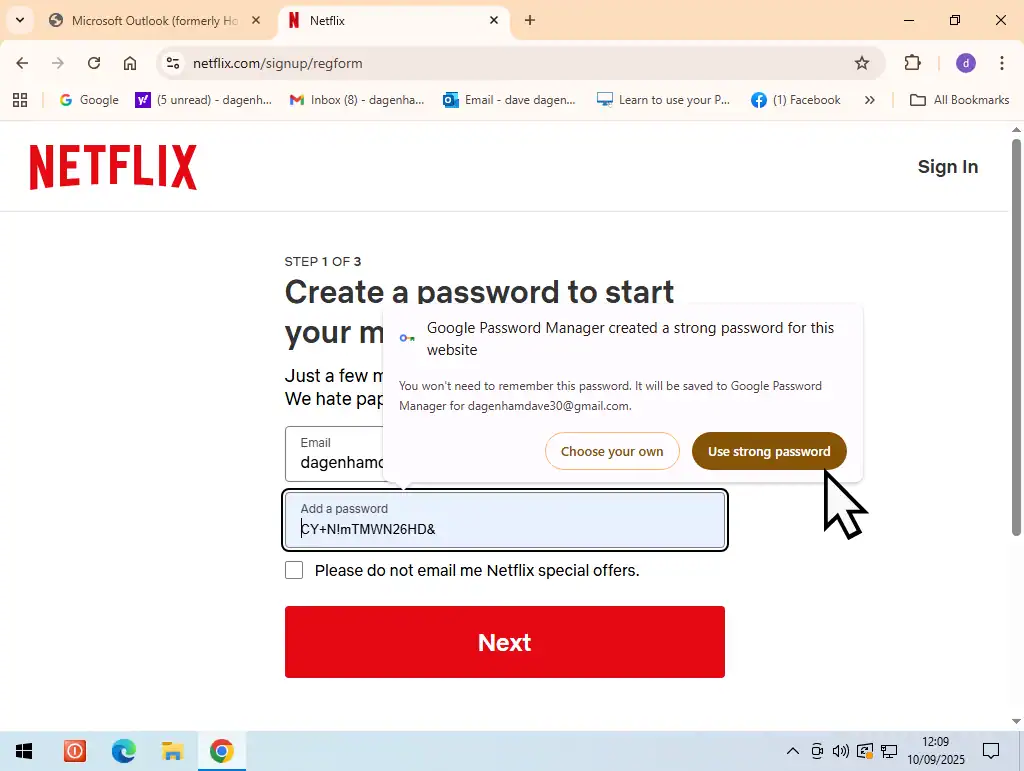
How To View Saved Passwords In Chrome Password Manager
To see the passwords saved in Google Password Manager, open Chrome and then click the 3 vertical dots in the top right hand corner of the window. On the menu that opens, hover your mouse over Passwords & Autofill, then click Google Password Manager.
Alternatively you can just type “passwords.google.com” into the browser address bar.
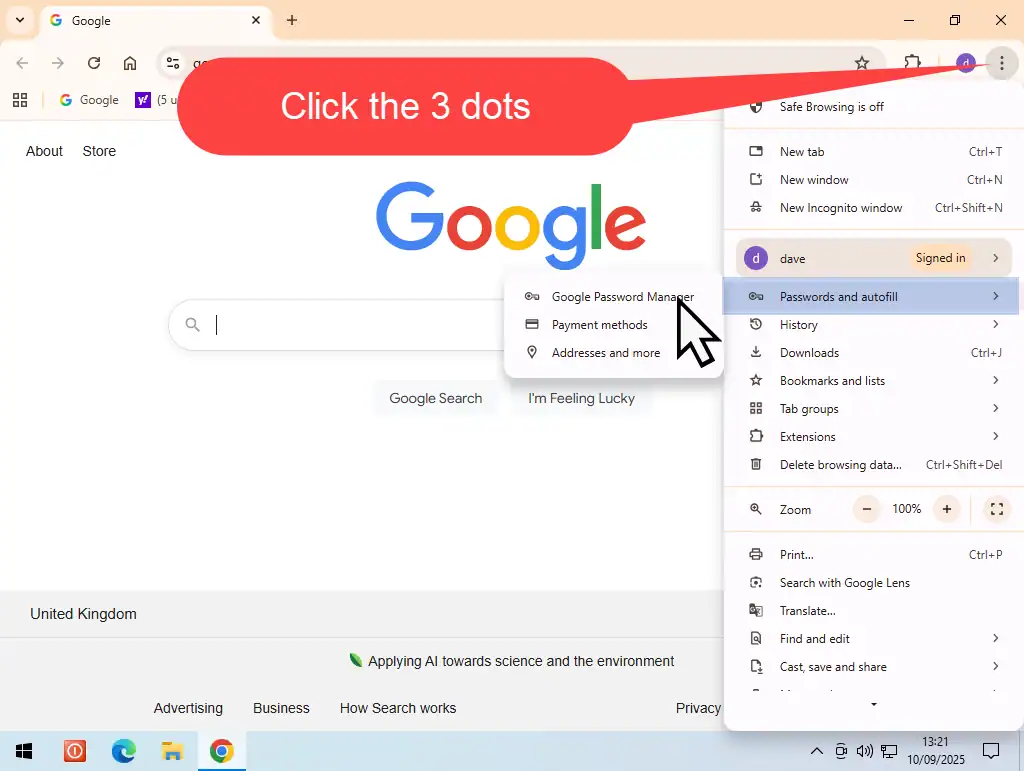
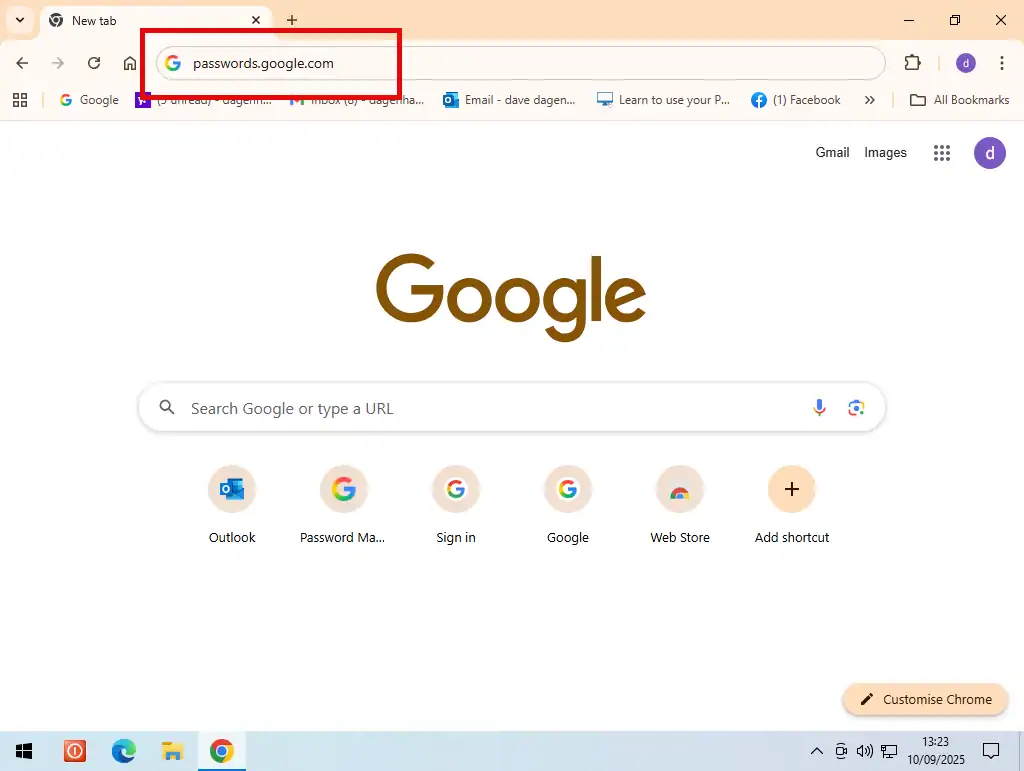
You’ll see all the login details that Chrome has saved for your various accounts. To view the password for any of the accounts listed, simply click on the website name.
When you’re trying to see your saved passwords in Chrome, you may be asked to enter a password or a PIN. Type in the password or PIN that you use to log on to your Windows computer.
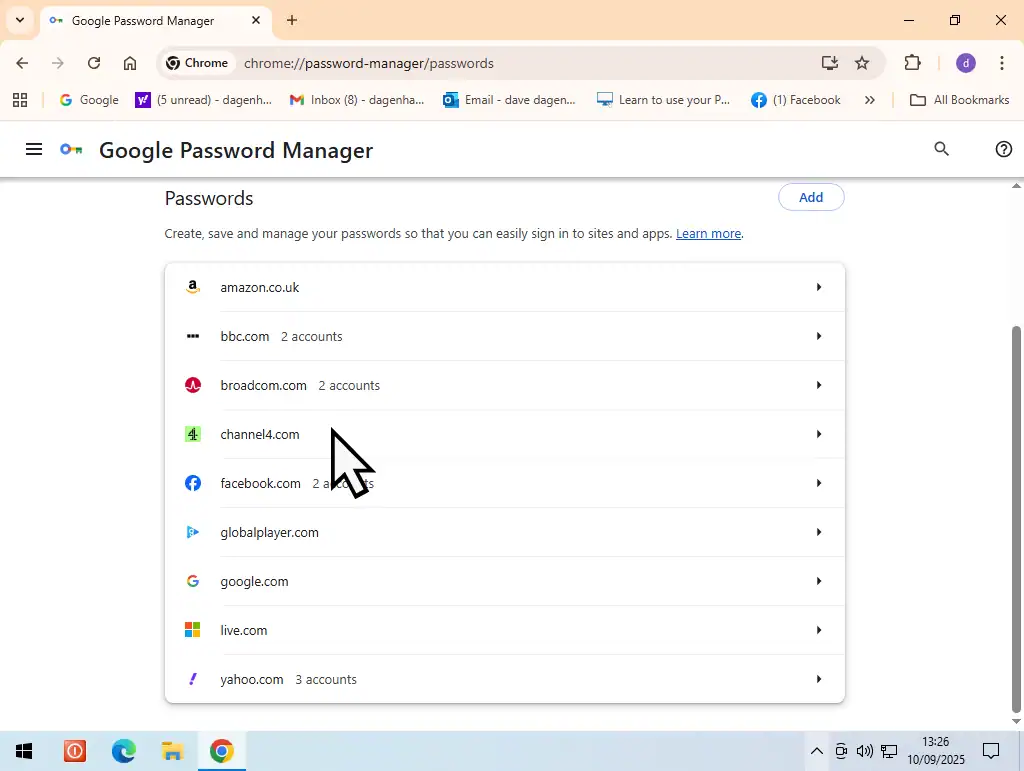
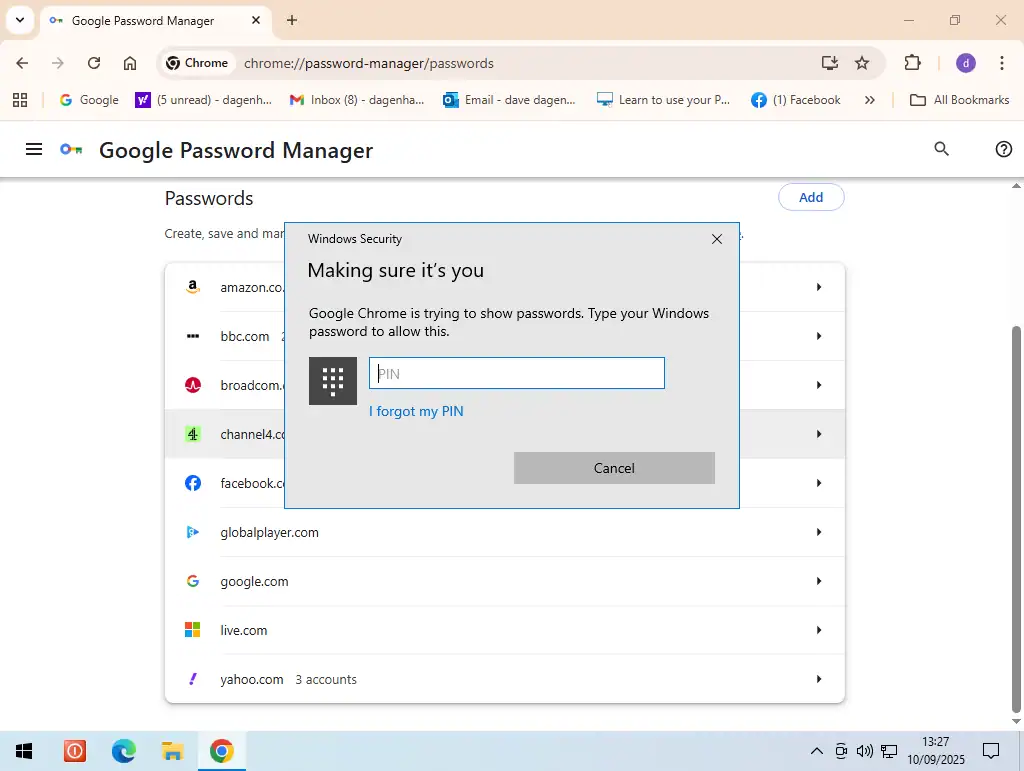
Chrome will display the login details for the account that you selected.
To see the password, click on the Show Password icon.
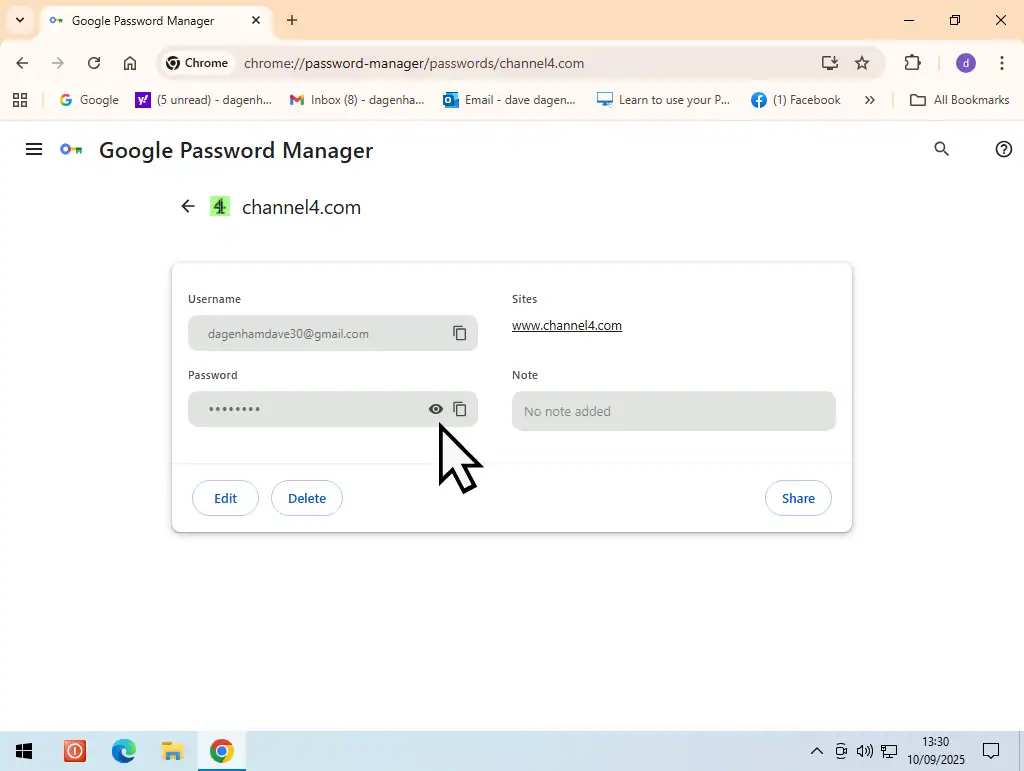
How To Edit Or Delete A Password
Sometimes the Chrome password manager will have the wrong login details for a website. This can happen if you’ve changed the password on that particular website.
Normally, Chrome will auto detect what you’re doing and offer to update your saved credentials, but for whatever reason, that doesn’t always happen.
You can edit a saved password by clicking the Edit button. A separate window will open where you can make changes to your login details. Click the Save button when you’re done.
Alternatively you can delete the saved password completely by clicking on the Delete button.


How To Download Passwords From Google Password Manager
To download all your saved passwords, open Google Password Manager and then click Settings in the left hand corner of the window.
If you can’t see the Settings option, then it’s hidden behind a collapsed menu. Click on the Main Menu button (3 horizontal lines). Then you’ll see the Settings option appear.
Scroll down the page a little to the Export Passwords section. Click the Download File button and save the file to your computer.


Downloaded Passwords File
Downloaded passwords from Chrome are in a file format known as CSV. To open a csv file, you could use Notepad, it will be legible, but it’d be better to use a spreadsheet.
Any spreadsheet application will do, if you don’t have one already installed, there are plenty of free offerings that you could use.
How To Enable Or Disable Chrome Password Manager
Using Google Chrome Password Manger is entirely optional. There’re many alternatives available to you, some free and some need to be paid for.
You can turn password manager on or off depending on what you prefer.
Inside the password manager settings, turn on or off these two options depending on whether you want to enable or disable Chrome Password Manager –
- Offer to save passwords and passkeys.
- Sign in automatically.

Summary
We all know that passwords are a problem. Using strong passwords is a must, but remembering them is all but impossible. The password manager that is integrated into Google Chrome can help.
It’s easy to use, reasonably secure and completely free.
Related Posts
6 Ways To Keep Files Private On A PC.
Here a six ways in which to keep your personal files private on a shared computer.
How To Use Google Drive Online.
Save, backup or share files using Google Drive.
Google Chrome Remote Desktop
Use remote desktop with Google Chrome to access your other computers across the internet.
How To Use CHKDSK
Check Disk will scan and attempt to fix your computer hard drive or SSD. It’s a system tool included with all versions of Windows. Run it every few months to avoid data loss and corruption.
Something For The Weekend
If you’re finding your Windows PC a bit confusing, you’ve definitely come to the right place. Many people feel overwhelmed by technology, but it doesn’t have to be that way.
Whether you’re a complete novice who’s just purchased your first computer or someone with a bit of experience looking to fill in knowledge gaps, this course will provide you with a crystal-clear understanding of using a Windows PC.
Step by step, easy to follow guides that follow on from each other building your basic skills and understanding of how your computer works.



